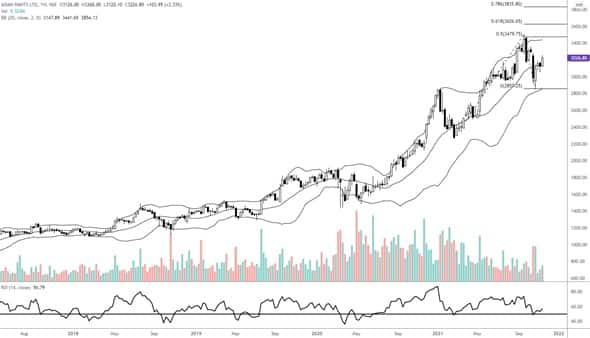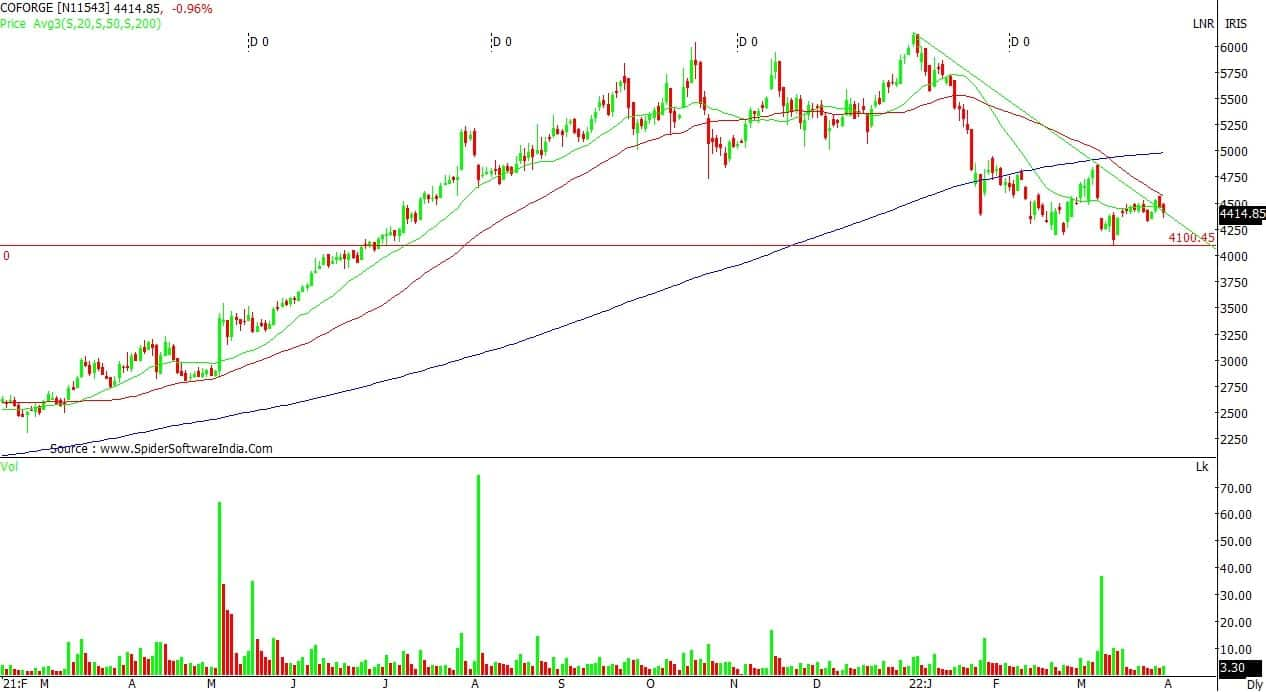
Options as an instrument first comes to mind when we are in a risky situation, and we want to take a trade. The event of Union Budget is one of those situations when most of us rely on options to trade.
However, if you are selling or buying options it is necessary to know how option premiums will move when the underlying stock/index moves.
To understand this, we need to first list the key inputs used to price an option because these inputs would eventually turn into the list of factors for change in option premium.
Option premium is output of 5 inputs
1. Underlying Price
2. Strike Price
3. Time to Expiry
4. Volatility of the Underlying
5. Risk-free Rate of Interest
#1 Underlying Price: The first one is straightforward and easiest to understand. I remember talking to many fellow traders when they were first introduced to options. The definition was quite simple: Call means bullish instrument and put means bearish instrument.
Taking it forward, if the underlying price goes up call premium would go up and Underlying Price goes down Call Premium would go down. The situation is exactly opposite for Put options (other things being equal).
Other things being equal means this impact is only of price with no other factors moving.
Learning: Just like trading the underlying make sure we are in the right instrument (Call/Put) while trading a directional move by buying option.
#2 Strike Price: Let us understand how premium behaves with an exact same move in the underlying for two different strikes.
So, in case of Calls higher the strike, lesser sensitive it would be to the underlying move. On the Put side, lower the Put strike and lesser sensitive it turns to the same underlying move.
Meaning if underlying rises, Higher Calls will move less, so their Premium is also lower (lower capacity to make money, lower premium).
Same is the case with Lower Puts, if the underlying falls, Lower Strike Puts move less, hence, Lower Puts compared to Higher Strike Puts have less premium.
Learning: Do not Buy too far away strike option looking at its cheap premium because they may not be able to make big money for you.
#3 Time to Expiry: Time to expiry is the most understood factor of option premium. More the time to expiry more would be the premium. As the time to expiry reduces the premium reduces, once again with other things being equal. This impact of time is similar for both Call and Put.
Learning: Always have a Time Stop Loss along with stop loss in the underlying while buying options because right direction will definitely pull option premium up but longer holding period will start resulting in fall in premium, not letting us make any money.
#4 Volatility: This volatility is the figure that is input in the options premium. This input is the future volatility. There is a way of knowing what this input volatility is if we know premium of the option, but that is a topic of another discussion.
Higher the Volatility (Priced into Option Premium), higher will be Option Premium be it a Call or a Put. This factor becomes more important during the events like Budget because Option Premium will be high before events like Budget due to highly priced-in Volatility. This is because no one knows what will happen after the budget.
But, as soon as the event is finished the Volatility (priced into the options) comes down as the uncertainty is over. Due to this after events like Budget, Results we see both Call and Put premiums coming down together.
Learning: If we are Buying options and holding on to it when the event like Budget is passing by. We need to make sure that we know the premiums will come down after the event no matter what the price movement is.
One must buy options during the event like Budget only if a big movement is expected. Meaning, movement expected is bigger than the Premium of the Option (Example Buying 100 Strike Call @ 5 for expected movement of 10).
#5 Risk-free Rate of Interest: Considering the smaller horizons (1 Week to 1 Month) of popularly traded options. This factor does not impact the option premiums much, so no need to account for it either.
These are the basic factors affecting Option Premium. Always have these relationships of premium and its factors in mind to trade more efficiently.
Disclaimer: The views and investment tips expressed by investment experts on Moneycontrol.com are their own and not those of the website or its management. Moneycontrol.com advises users to check with certified experts before taking any investment decisions.


